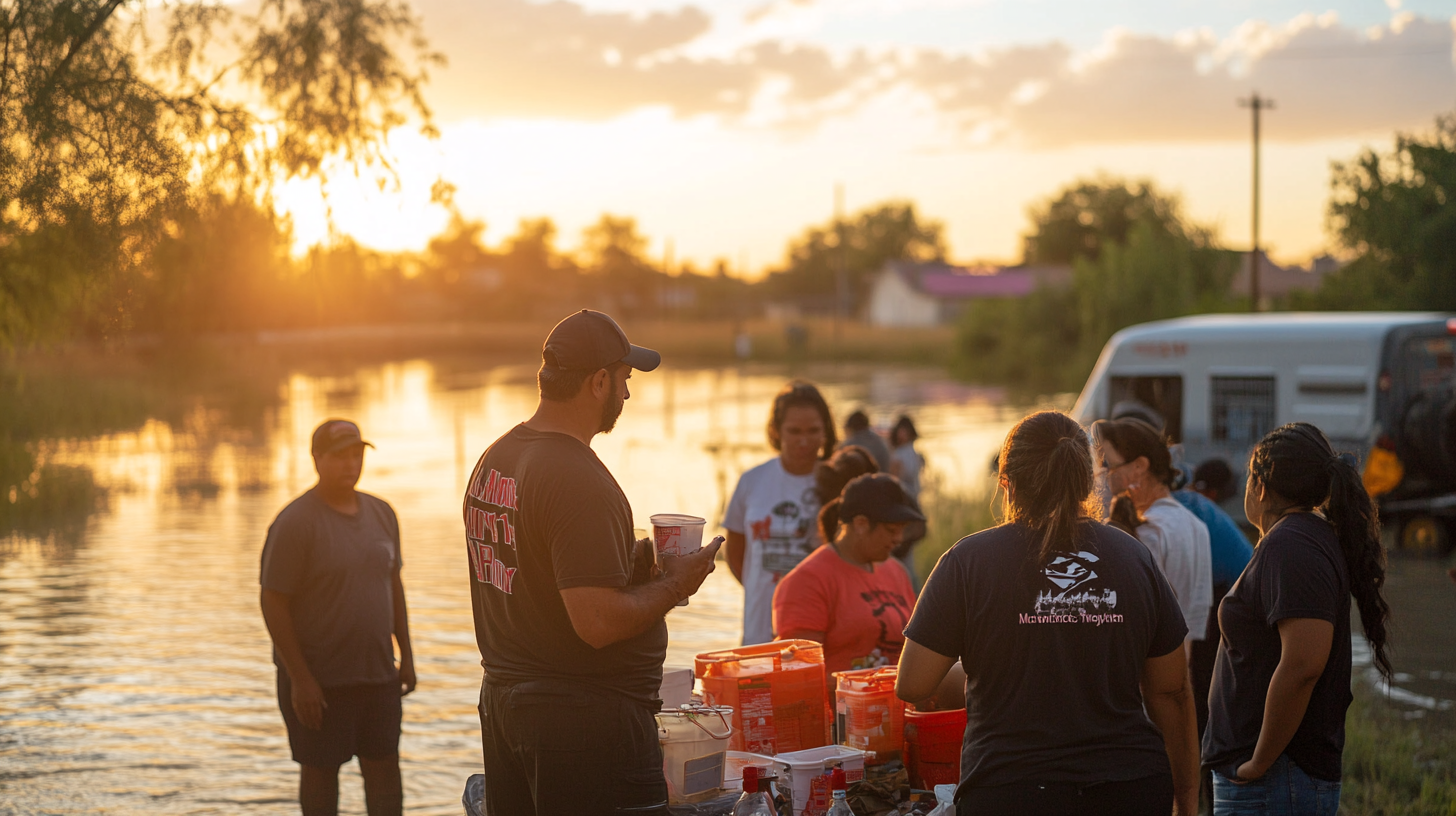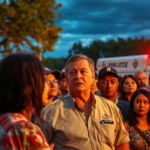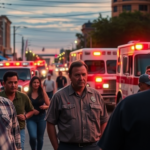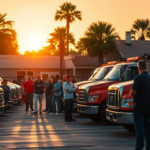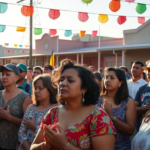Local Volunteers Deploy to Rio Grande Valley to Assist with Flood Recovery
In response to the devastating rainstorms that recently swept across South Texas, volunteers from the Salvation Army in San Antonio have been deployed to the Rio Grande Valley. Equipped with a Mobile Feeding Unit, they are set to provide crucial support to those affected by the catastrophic flooding. The volunteers aim to offer not only warm meals but also spiritual care to displaced residents and first responders, underscoring a deep commitment to aiding Valley residents in a time of dire need.
Mobilizing for Relief: A Collaborative Effort
The Salvation Army’s deployment to the Rio Grande Valley was initiated at the request of local emergency management officials, highlighting the coordinated response to a community in crisis. The initiative includes two volunteers from San Antonio who have joined a two-person crew from New Braunfels. This joint effort underscores the importance of collaboration in disaster relief operations, allowing resources and expertise from different communities to converge for a common cause. “Our mission is to provide immediate relief and comfort to those who have lost so much,” said Captain John Smith of the Salvation Army. “In these moments, it’s about coming together to uplift and build hope.”
Impact on the Valley: Addressing Immediate Needs
The severe weather resulted in significant impacts on the Rio Grande Valley, particularly in communities like Sebastian. This small town, located about 15 miles north of Harlingen, experienced some of the most severe consequences, including at least three reported deaths and the evacuation of hundreds of residents. The deployment of the Mobile Feeding Unit is critical, as it addresses both the nutritional and emotional needs of those affected by the flooding. “Bringing food and care to those on the front lines and those who’ve lost everything is essential in these difficult times,” noted Sarah Martinez, a local emergency response coordinator.
A Community Rallying Together
The floods come at a time when the Valley had been celebrating several local initiatives aimed at community development and economic improvement. The sudden disaster, however, has redirected focus to meeting immediate survival needs. Despite the sudden turn of events, the response from various organizations has demonstrated the resilience and solidarity characteristic of Valley residents. Volunteers across South Texas committed their efforts not only to feeding programs but to ensuring that emotional and spiritual support is available. “Seeing the community come together during such adversity brings a sense of hope,” commented David Torres, a volunteer from New Braunfels.
Ongoing and Future Implications
Governor Abbott’s disaster declaration for South Texas signifies the broader acknowledgment of the situation’s severity and facilitates the allocation of state resources for recovery. While the immediate focus is on relief and recovery, there are larger implications for the community, including discussions about improving infrastructure and readiness for such disasters in the future. These conversations are crucial to ensure that the Valley is better prepared for similar events, potentially mitigating damage and loss in future incidents.
Supporting the Efforts: How You Can Help
Community involvement remains central to overcoming the challenges posed by the flooding. The Salvation Army has made it possible for individuals to contribute either through donations or by volunteering. Supporters can visit the official Salvation Army website to find out more about how to assist in these initiatives. “Community support through donations and volunteering enables us to extend our operations and cover a wider area,” emphasized Martha Williams, coordinator for the Salvation Army’s volunteer operations. Meanwhile, local government officials and community organizations continue to provide resources and information to residents affected by the floods, ensuring that everyone has access to the help they need.
As the affected communities slowly recover, the emphasis remains on resilience and unity. The interventions by local organizations, backed by volunteers from neighboring areas, underscore a hopeful, collaborative spirit. For Valley residents, these efforts not only bring immediate relief but also significant assurance that they are not alone in navigating this crisis. “It’s important for residents to know that their neighbors, near and far, are here, ready to help rebuild and restore,” concluded Captain Smith.
This moment, although challenging, highlights the strength and unity of the Rio Grande Valley—an enduring community anchored in mutual aid and dedication to overcoming adversity. As the weather clears and efforts continue, Valley residents remain hopeful for a full recovery and a future safeguarded by the lessons learned in the face of nature’s unpredictability.

